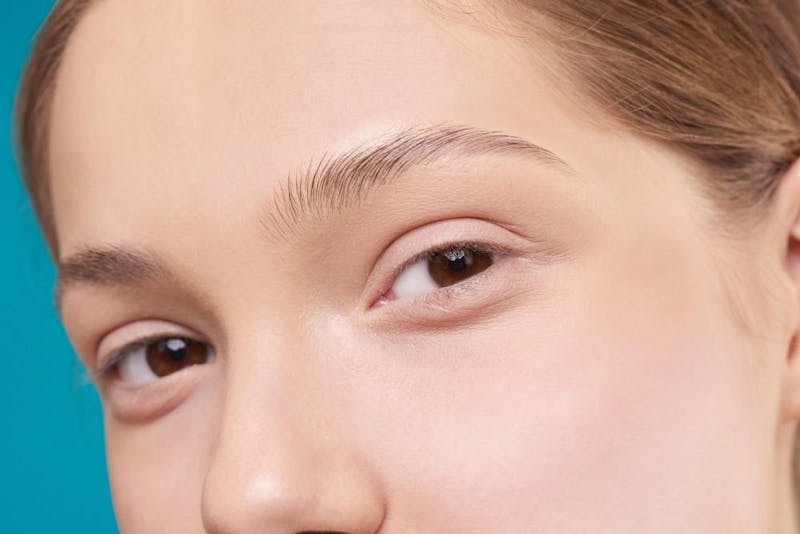
So, you have "droopy eyelids". Perhaps you're having a hard time seeing because your eyelids are blocking your vision. Maybe you're constantly lifting your eyelids either with your fingers or using your eyebrows. Possibly, friends and family have commented on the appearance of your eyelids.
As oculoplastic surgeons, a droopy eyelid is the most common condition we treat. But, not all "droopy eyelids" are the same.
A key question to answer is, which kind of droopy eyelid do you have?
The Two Most Common Causes of a Droopy Eyelid
The most common causes of a droopy eyelid are a) dermatochalasis and b) ptosis. Sometimes, you may have both conditions simultaneously. At first glance, they may seem fairly similar. However, these are two different conditions of the eyelid and are treated differently.
Dermatochalasis


Dermatochalasis refers to loose, excess skin and soft tissue, typically on the upper eyelids. The upper lid skin gets loose and sags with time. Typically, this is a slowly progressive process, increasing over many months to years. Initially, the extra skin may only partially cover the eyelid. But with years, it may progress to the point where the skin hangs over your line of sight and prevents you from seeing or reading. Simply lifting the extra eyelid skin with a finger is a quick, temporary fix, but definitely temporary. Surgical treatment for dermatochalasis is called blepharoplasty. For more information on blepharoplasty, click here.
Ptosis


Ptosis ("toe + sis") refers to an upper eyelid that is displaced lower than normal. Can you see the difference? As if the eyelid is in the middle of a blink or partially closed? Like dermatochalasis, ptosis is typically a condition that progresses slowly with time. Aside from that, some specific factors can contribute to ptosis, such as long term contact lens wear, years of rubbing of the eyelids, and eyelid injuries. Less commonly, ptosis is a sign of an underlying condition that may need further evaluation. Ptosis can be treated with ptosis surgery. For more information on ptosis surgery, click here.
When To Get Treatment
For both surgeries, treatment is elective. We are happy to evaluate your specific condition and help you whenever you're ready to proceed.
All patient photos in this blog post were posted after obtaining patient consent.



